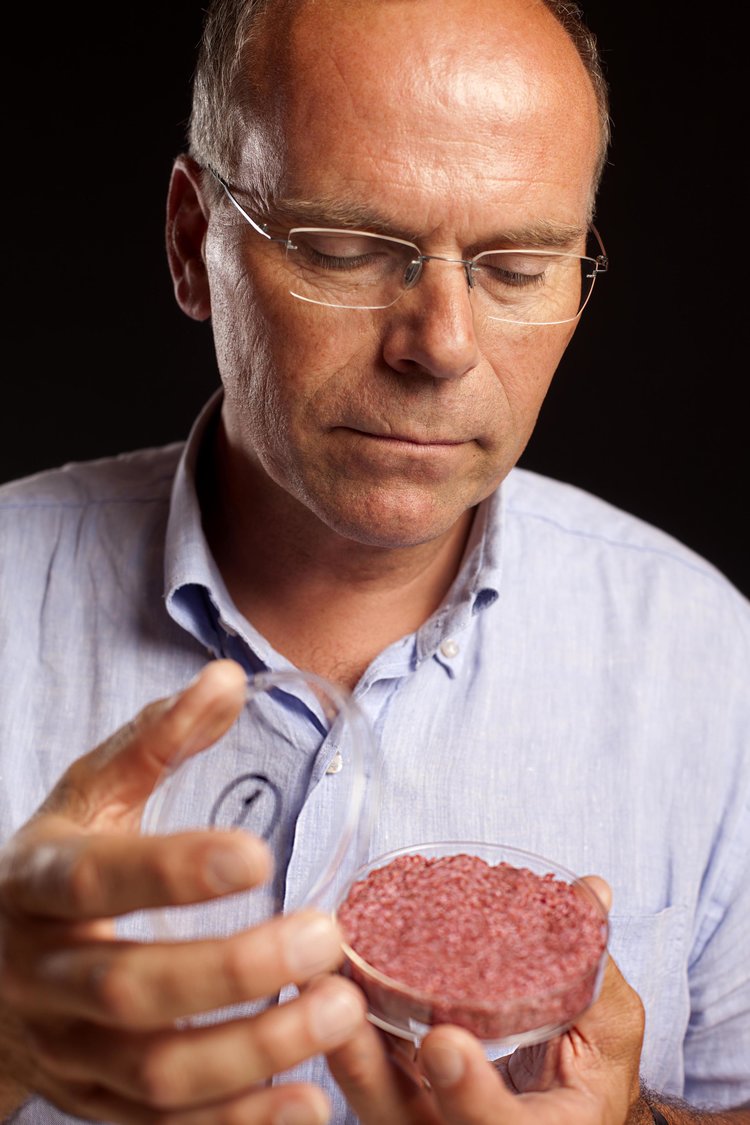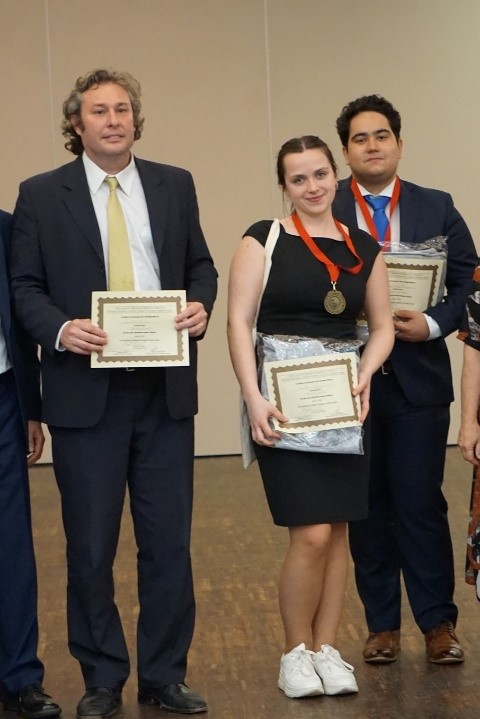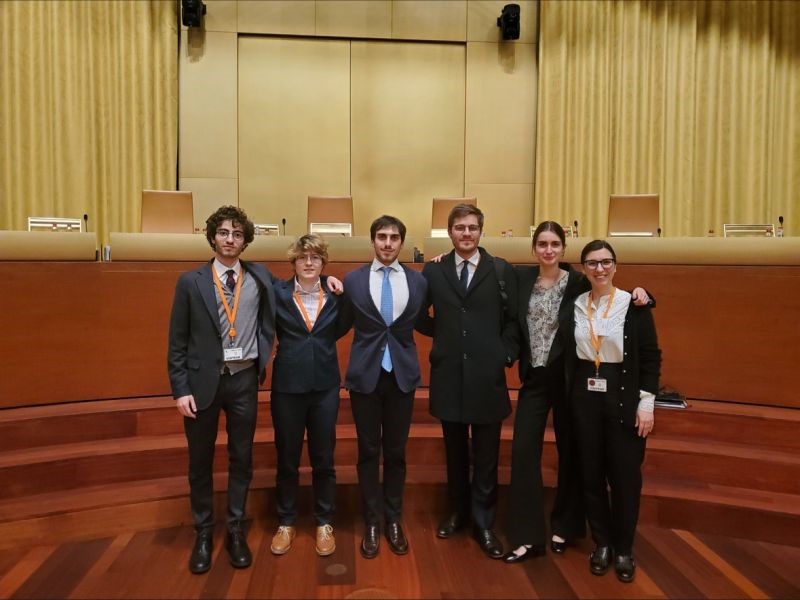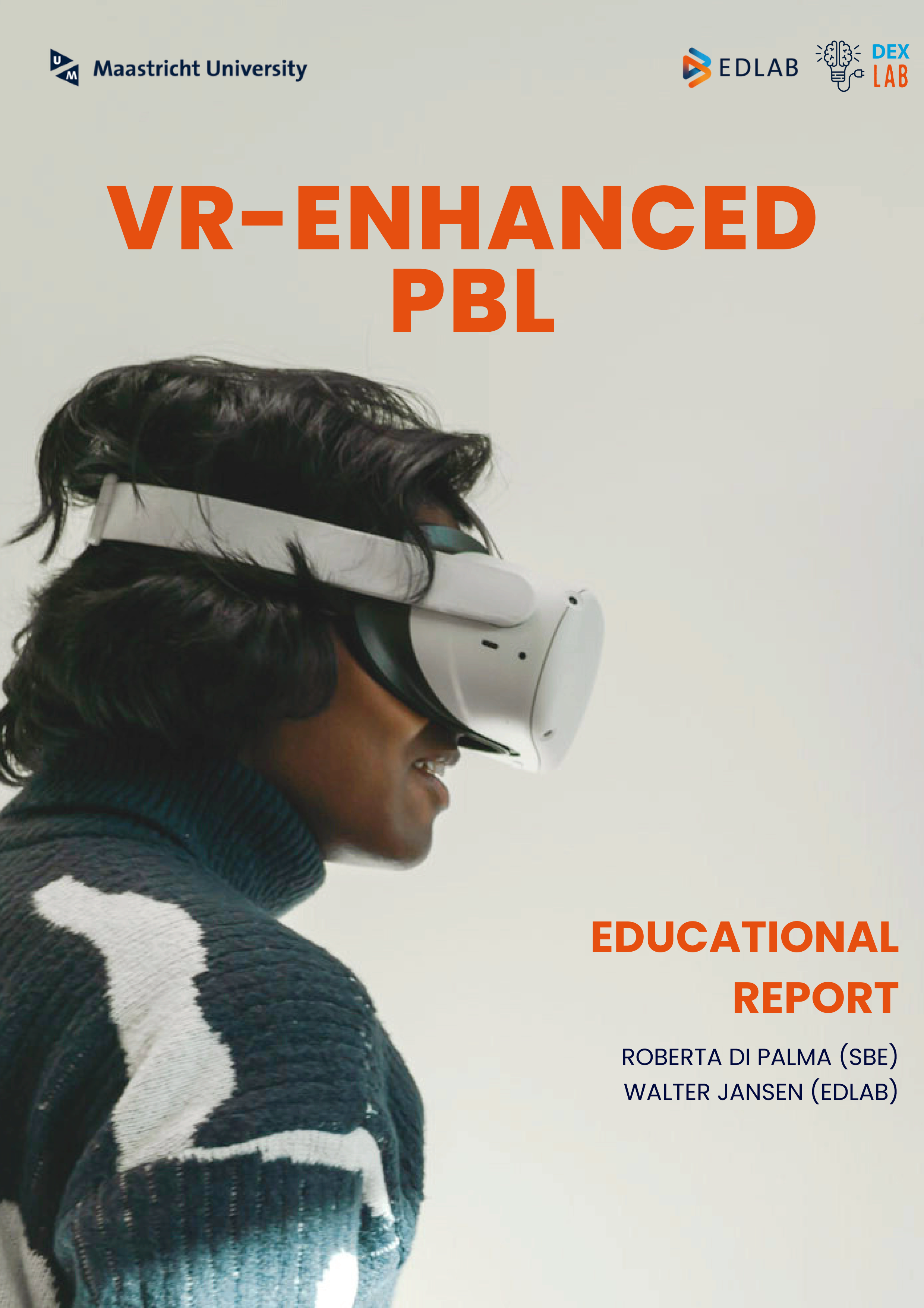What’s been going on with the ‘hamburger professor’
It took some getting used to for his sister. “I used to say you were a dignified professor and now I have to say, ‘He makes hamburgers’.” Mark Post is still a professor at UM; he enjoys giving physiology lessons to medical students. But 80 per cent of his time goes into answering the question: how can we produce hamburgers on a large scale in a factory setting, without having to slaughter animals for it? “We hope to produce 50 kilos per week for the first exclusive restaurants in three years.”
The media attention has been overwhelming since the first burger was cooked up
Since Mark Post presented the first lab-grown hamburger in 2013 at a press conference in London, the phone in Maastricht has been ringing off the hook. “I thought media attention would slowly fade away, but it’s actually only increasing”, he says matter-of-factly. There are, of course, various aspects to what can now be called his life’s work. Whether you are for animal welfare, the environment or food: it is all encompassed in the cultured burger.
Post is the only academic in the cultured meat ‘industry’
For Post, it is about the environmental impact of the traditional meat industry as well as the food security aspect, with the questions: How do you ensure that there is enough and responsibly-made food for the increasing global population in the future, without harming the environment?. The fact that he is the only academic player in the growing cultured meat industry may make his information and vision a little more valuable than that of purely commercial parties. But he is also making a name for himself commercially, with the company Mosa Meat, of which Post is Chief Scientific Officer.
From small-scale production to a large-scale meat ’brewery’
Last year, various companies decided to invest 7.5 million euros in Mosa Meat. Since then, fourteen new employees have been hired, mainly scientists such as bio-engineers and cell biologists. Together with Post, they are currently working on scaling up the until now small-scale production technology. A building was rented in Maastricht where that large-scale meat ‘brewery’ can be set up. There they want to grow from 5 to 10 kilos per week by the end of this year to 50 kilos per week in one and a half to two years. “I estimate that in two and a half years we can produce at a price that makes it interesting for more exclusive restaurants”, says Post.
From 200,000 to 9 euros per burger
The first cultured beef burger cost 200 grand in 2013; in 2019, it is about nine euros per burger. “That is still much more expensive than a regular hamburger in the supermarket and our goal is ultimately to get it below that price. How quickly that will go and thus is available to the consumer on the market, I don’t dare to say with certainty. Five years ago, I said 10 to 15 years, but now that so many other companies are also working on it, that can also affect the price development.”
No competition in a global market
Also the American animal activist Paul Shapiro, who extensively describes the story of Post in his book ‘Clean Meat’ (recently translated into Dutch as ‘Nooit meer slachten’), says it is difficult to predict. In a recent interview with de Volkskrant, he spoke about a race between America and China when it comes to who gets to the supermarket first with cultured meat. “I don't feel that struggle”, Post says again pragmatically. “The market for this product is so huge. And at the same time, beef producers like us are still in the minority.”
After the hamburger: cultured ribs
The fact that Post started with growing hamburgers is due to the first investor in this project, Google boss Sergey Brin. He saw more potential in hamburgers than in pork sausages. The scientists were already dreaming up a press conference with sausages for the journalists that were grown from the cells of a pig that would happily walk around at the press conference. But it thus became burgers. And if they can be produced in large numbers, Post has set his sights on developing ribs.
The process is still being optimised
“It requires additional techniques and is a bit more complicated. I like to come up with new things and not the colour that the packaging should be for our product. I will continue to work on improving the process.” The intention is to grow the next version of the hamburgers in a non-animal liquid. Since growing cells outside the body was started 130 years ago, serum that comes from cows has been used. A cow must be slaughtered to obtain that serum. “That is therefore still not animal-friendly. There are alternatives and we already know how to do it, but the process is not yet optimal.”
From fundamental to applied scientist
These are the questions that Post is currently working on every day, along with all the other issues that are involved in a small start-up. The fact that he is working separately from his academic colleagues, or that the applied science that he is currently using is less appreciated by some than the ‘pure’, fundamental science, does not bother him. “This project took off with me. I consciously let that happen and I’m at peace with it. I have a goal and I go for it: making hamburgers for a sustainability goal is just as valuable as making blood vessels for people.”
More information on the MosaMeat website.

How do you grow a hamburger?
A few stem cells are extracted from the muscle of a cow by taking a biopsy. These cells are placed in a culture dish with a nutrient-rich serum, after which they divide, just like in a living animal. After a day, a cell has split into two. A day later there are four, again a day later eight, and so on. This way you can grow billions of cells from a single biopsy, or 80,000 quarter pounders. The ‘harvesting’ of the biopsy to the end product (a hamburger) takes about eight weeks and there is no genetic modification involved.
Mosa Meat has been nominated for the Academic Startup Competition 2019 , a competition to become one of the ten best ‘Dutch Pioneering Innovations from Science’.
Also read
-
The international finals of the Brown-Mosten International Client Consultation Competition (ICCC) took place in Lublin, Poland, in the second week of April 2024. The finals were organized by the Catholic University of Lublin. Teams from 22 countries from all over the world participated.
-
The team representing Maastricht pleaded at the Court of Justice of the European Union in Luxembourg in April 2024, ending top four out of the 80 participating teams.
-
The VR-enhanced PBL project report produced by EDLAB and DEXLab explores the benefits of integrating VR technology into PBL classrooms.


